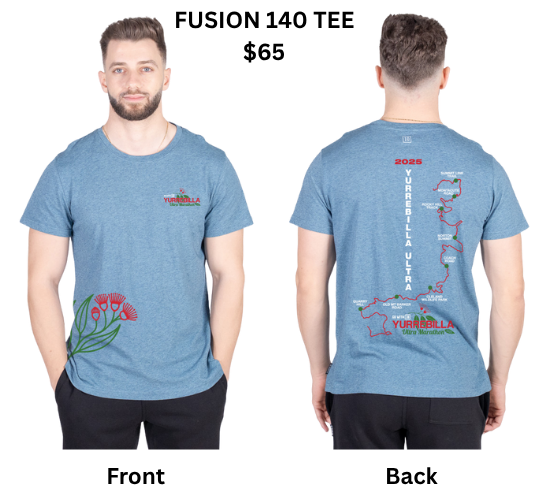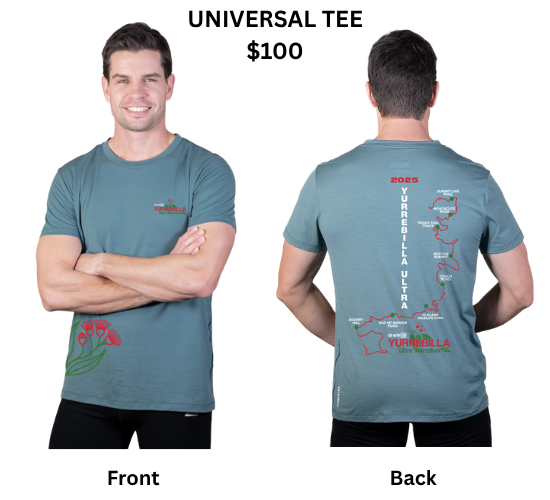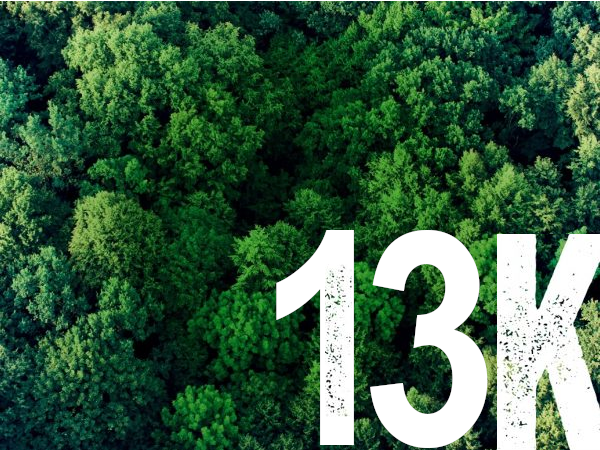| Easy Run |
Run at a comfortable pace that allows you to maintain a conversation with
someone else. |
| Hill Repeats |
Find a hill around 400m steep enough to be challenging, e.g. Montefiorehill/Brougham Place, that you can still maintain good running form to the
top. After a warm up period of around 10-15mins/2-3kms maintain a constant pace up the hill & recover back down & repeat. Start with 2-3
reps and aim to increase the reps to a total of 8-10 in subsequent attempts. Cool down for 10mins/2km |
| Long Run |
Pace around 1 min/km slower than race day pace |
| Half Marathon Race Pace |
The pace you aim to run on race day |
| Tempo Run |
A run at close to your 10km pace for half marathon’ers &marathon’ers A run at close to your 5km pace for 10km’ers
Some run strategies you can incorporate to improve your tempo runs are (following a 1-2km warm up):
- After warm up drop your pace by 10-15 secs every km aiming to finish the last few kms at faster than 10km pace.
- 4-8 x 800m @ 10km pace with 200m jog recovery in-between (start with 4 repeats & increase the number of repeats later in
program)
Make sure you include a 1-2km cool down at the end of your session |
| Speed Intervals |
On intervals aim for less than 5km pace or quicker than your marathon pace for those running longer. Some examples:
4 x 1km - (or similar) The time you run for the 1km depends on your experience. The aim is to run all 4 at an even pace. So 4 x 5:30 for each
KM with a 3 mins slow jog/shuffle between is better then splits of 4:55, 5:23, 6:01, 5:40. But if you did that, then next time try and run them all
around 5:30? The more you do this session, the better you will get at it, and hopefully faster over the 1km with about the same effort over weeks.
If you feel like you can't get any faster over the 1km, reduce the recovery time which makes the session harder too.
8 x 90 secs / 90 secs jog - (or similar) So how hard to go in the 90 secs? These sessions simple aim to force you to quicken your leg tempo / turn-
over. This pace should be faster than your 1km rep speed, but only just. Shorten your stride, lift your knees higher and use your forefoot more
rather than heel striking. The technique is as important as the speed, and you'll probably go quicker as the session progresses and you stretch out
and warm up properly.
200m hard/200m easy/400m Hard/400m easy/800m Hard/800m
easy/1km hard/1km easy/800m Hard/800m easy/400m Hard/400m
easy/200m hard/200m easy
|
| Strength & Conditioning (S&C) |
Gym session, refer to SARRC website for ideas |
| Cross Training (XT) |
Non running day try swimming, cycling or walking |
| Rest & Recovery |
Non running day have a massage, attend a yoga or Pilates class or dedicated stretching time |
| Fartlek |
Swedish word for speed play involves placing periodic surges into the run. After a warm up period of 5-10mins/1-2kms accelerate your pace for a
period of time (1-3 mins) or distance (100m-800m), then slow back down to an easy steady pace & repeat when fully recovered. Unlike Speed
Intervals (or Mona Fartlek) there are no preconceived hard/easy sets, so you can have some fun and make it up as you go along. Try forgetting
about the watch & sprint to the next stobie pole or next road, etc. Don’t forget to finish with a cool down period similar to your warm up period.
|
| Mona Fartlek |
Australian word for Steve Moneghetti's Fartlek session, consisting of fixed times for your hard running
and recovery running as follows; 2 x 90 secs hard/easy; 4 x 60 secs, 4 x 30 secs, 4 x 15 secs. Total time = 20.00mins. (Don’t forget to warm up for
5 mins first & cool down for 5 mins after) |








 <
<